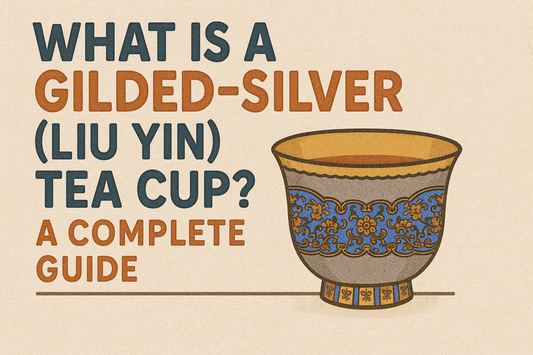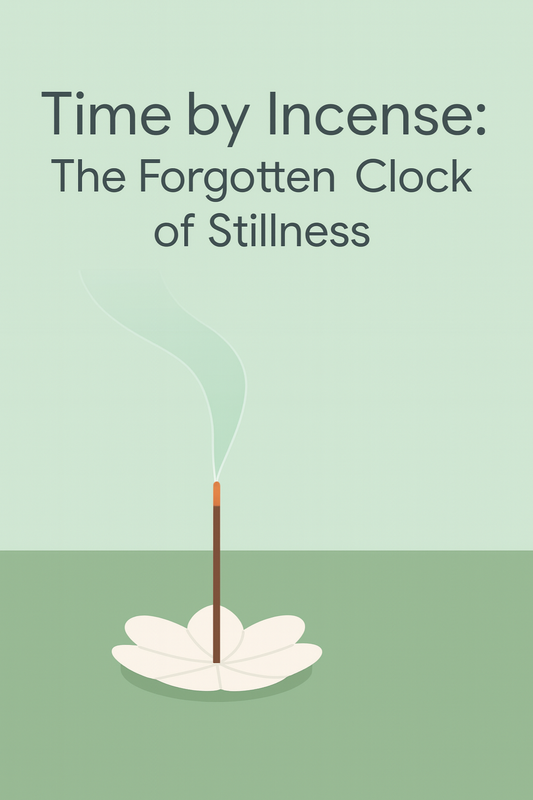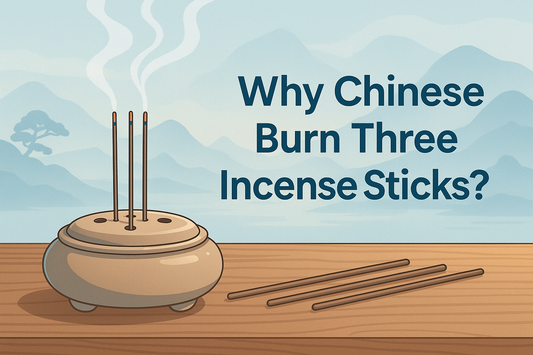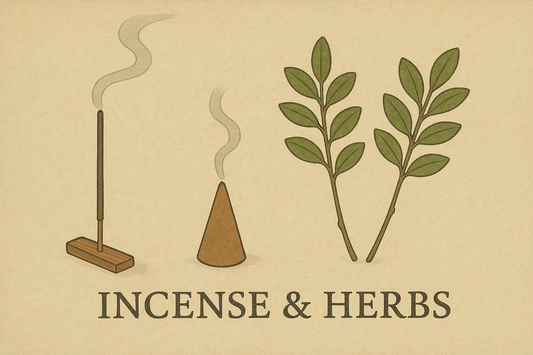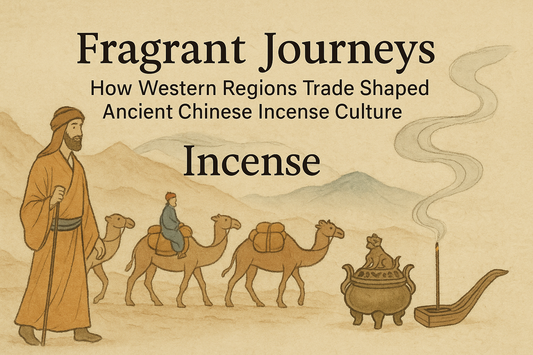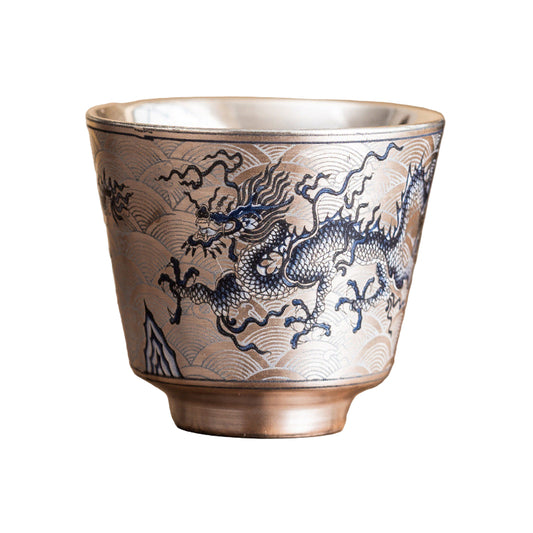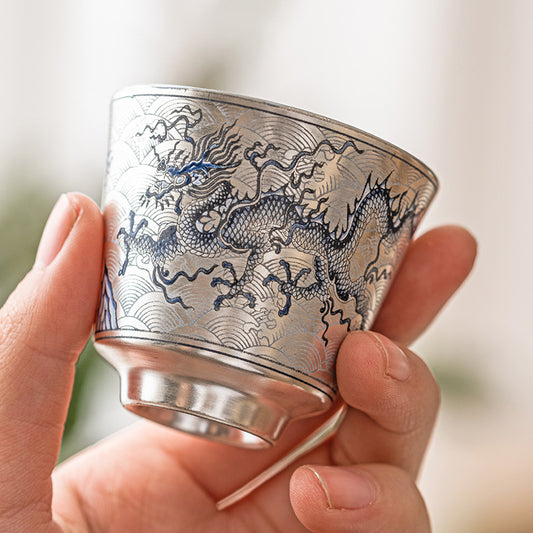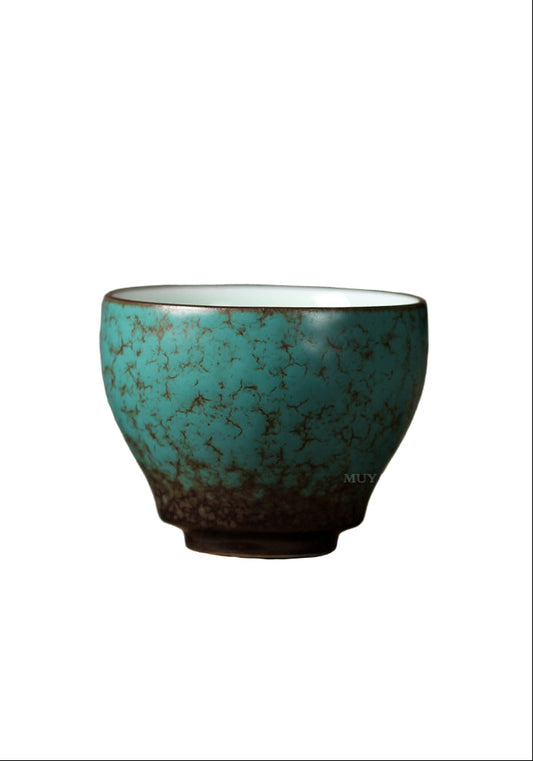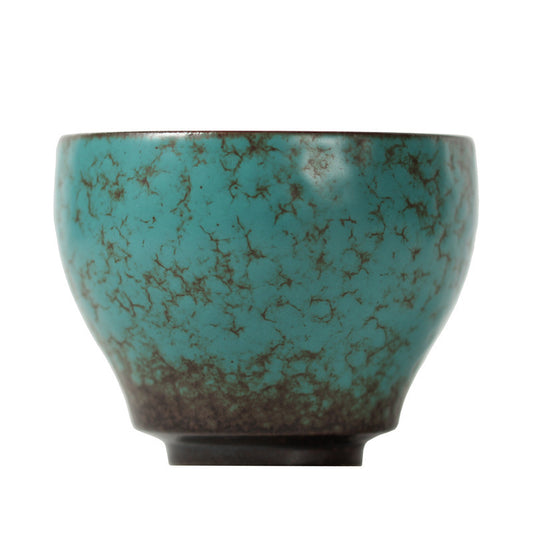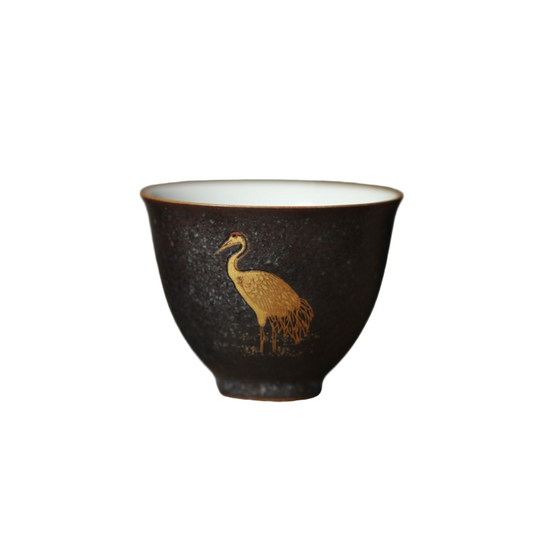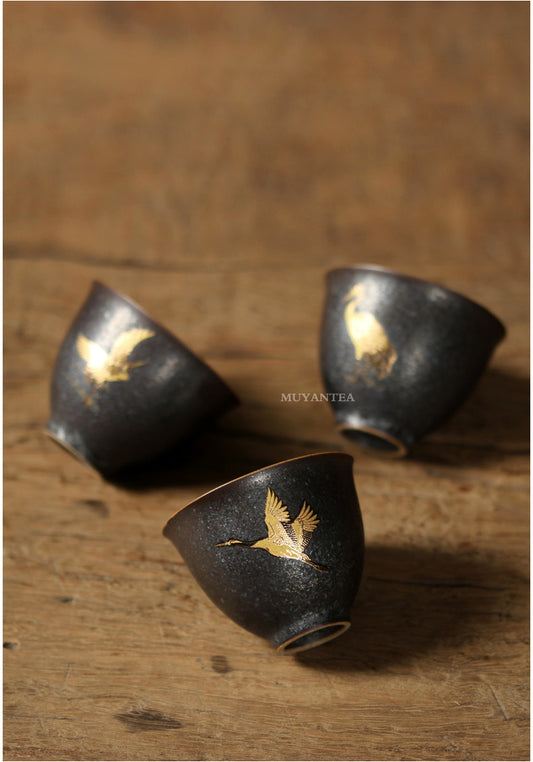
Chinese Sandalwood Incense – A Fragrant Journey of Calm and Heritage
A Scented Journey: Chinese Sandalwood and Its Enduring Allure
By Monian | A story of Tan Xiang from temple halls to modern meditation
There’s a particular warmth to the scent of Chinese sandalwood, known as Tan Xiang — a creamy, woody embrace that feels both ancient and deeply grounding. My first real encounter with high-quality sandalwood incense wasn’t just a fleeting note in a perfume. It was a quiet presence in a meditation hall, curling through the air like a whisper from centuries past. That fragrance settled the mind, soothed the spirit, and sparked curiosity: What journey has this scent taken to reach us?
From Distant Shores: The Arrival of Sandalwood in China
Unlike other Chinese incense ingredients, sandalwood is not native to China. It arrived through ancient maritime Silk Road trade routes, first entering China during the Han Dynasty (206 BCE–220 CE). Traders brought this precious aromatic from India and Southeast Asia, where it was already considered sacred. As Buddhism took root in China, so did sandalwood incense, revered for its purifying qualities. Its aroma was believed to clear the mind and lift prayers to the heavens — becoming an essential part of Buddhist ritual.
More Than Ritual: Sandalwood in Traditional Chinese Medicine
Sandalwood’s influence reached far beyond temple altars. In Traditional Chinese Medicine, Tan Xiang was praised for its ability to regulate Qi, calm the Shen (spirit), reduce inflammation, and ease digestive troubles. Its dual use — spiritual and medicinal — made it a trusted ally in daily Chinese life. Over time, its scent became synonymous with peace, introspection, and healing.
The Evolution of Sandalwood in Chinese Craft and Culture
During the Tang and Song dynasties, Chinese incense culture blossomed. Sandalwood was used in carved furnishings, scholar’s ink, tea rooms, and incense chambers. A slow-burning stick of Old Mountain Sandalwood was more than a scent — it was a statement of refinement, spirituality, and inner cultivation.
Scent Profiles: Not All Sandalwood Is the Same
Indian Sandalwood (Santalum album) is prized for its rich, creamy warmth and long-lasting fragrance. Australian Sandalwood (Santalum spicatum), increasingly used due to sustainability concerns, offers a drier, woodier scent. Both are used in modern sandalwood incense, but aged Indian varieties remain the most sought-after in Chinese incense rituals.
Sandalwood in the Modern World
Despite the noise of modern life, sandalwood holds its place. In temples and homes, its smoke creates a space of silence and reverence. Among younger generations in China, there is a renewed interest in authentic incense rituals, where a stick of Monian's Chinese sandalwood becomes a daily anchor — an invitation to slow down, breathe, and return to self.
Global demand has led to overharvesting, but ethical sourcing and sustainability efforts are rising. At Monian, we support this tradition with integrity, offering sandalwood incense crafted with respect for its cultural and ecological value.
Frequently Asked Questions (FAQ)
-
Q: What is Chinese Sandalwood?
A: It refers to imported sandalwood used in Chinese incense culture, especially Santalum album and Santalum spicatum, cherished for both spiritual and therapeutic uses. -
Q: When did sandalwood arrive in China?
A: During the Han Dynasty, via Silk Road maritime trade routes. -
Q: How is it used in Traditional Chinese Medicine?
A: To regulate Qi, calm Shen, relieve stress, and support digestion and inflammation relief. -
Q: Is all sandalwood the same?
A: No. Indian and Australian varieties differ in aroma and energy. The finest is aged Indian sandalwood. -
Q: Can I use sandalwood incense daily?
A: Yes — when using natural incense in a well-ventilated area, it's both safe and supportive for emotional and mental clarity.
Explore Monian’s Sandalwood Incense
Ready to experience the timeless grounding energy of Chinese sandalwood incense?
Shop Monian's Sandalwood Collection and bring ritual calm to your everyday space.


